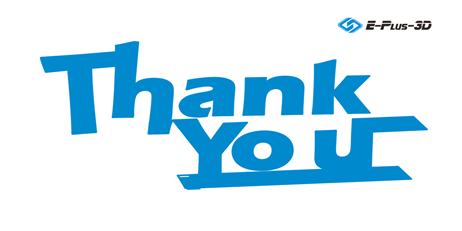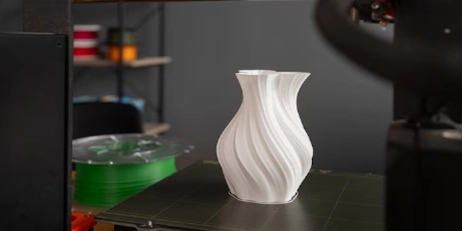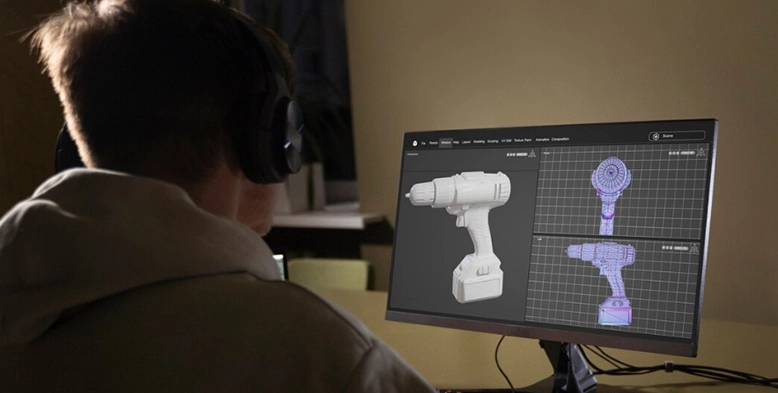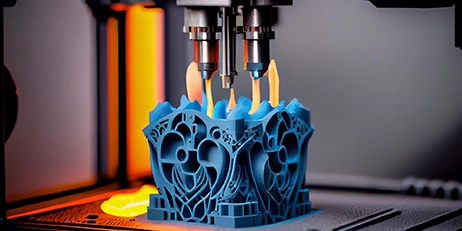Among much additive manufacturing (AM) processes for metal materials, selective laser melting (SLM) can be said to be the most widely used because it has the potential to realize complex geometric shapes and tailor-made microstructures. However, due to the complexity of the SLM process and the need of predicting the relationship between powder and process parameters and parts performance, it is necessary to further develop calculation and experimental methods.
Additive manufacturing (AM) provides the opportunity to produce parts with high geometric complexity without special tools. The additive manufacturing technology of polymer parts is quite mature, but the additive manufacturing technology of metal based on melting still faces severe practical challenges, many of which are caused by the high melting temperature and relatively low viscosity of metal. In selective laser melting (SLM) of metals, the most representative powder bed AM method is to digitally divide 3D manufacturing tasks into thin 2D layers. A solid part can be simply formed by selectively melting a predefined profile in successive layers of powder using a focused laser beam. After scanning a layer of powder, the area melted by laser forms the cross-section of the final part. Subsequently, the lower building platform is lowered, and another layer of powder is deposited by the powder sprayer mechanism. This process is repeated until the final 3D geometry is completed, and then the remaining unmelted powder is removed.
Metal SLM has obvious advantages, including near net shape production without expensive mold or time-consuming post-treatment, high material utilization rate and the highest production flexibility. Most importantly, layer-by-layer production leads to almost unlimited design freedom, which makes it possible to generate highly complex geometric shapes that cannot be obtained by traditional manufacturing processes. The application fields of SLM include aerospace or medical engineering, and basically all industries that require highly complex and personalized parts.























